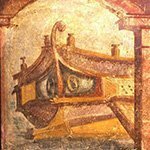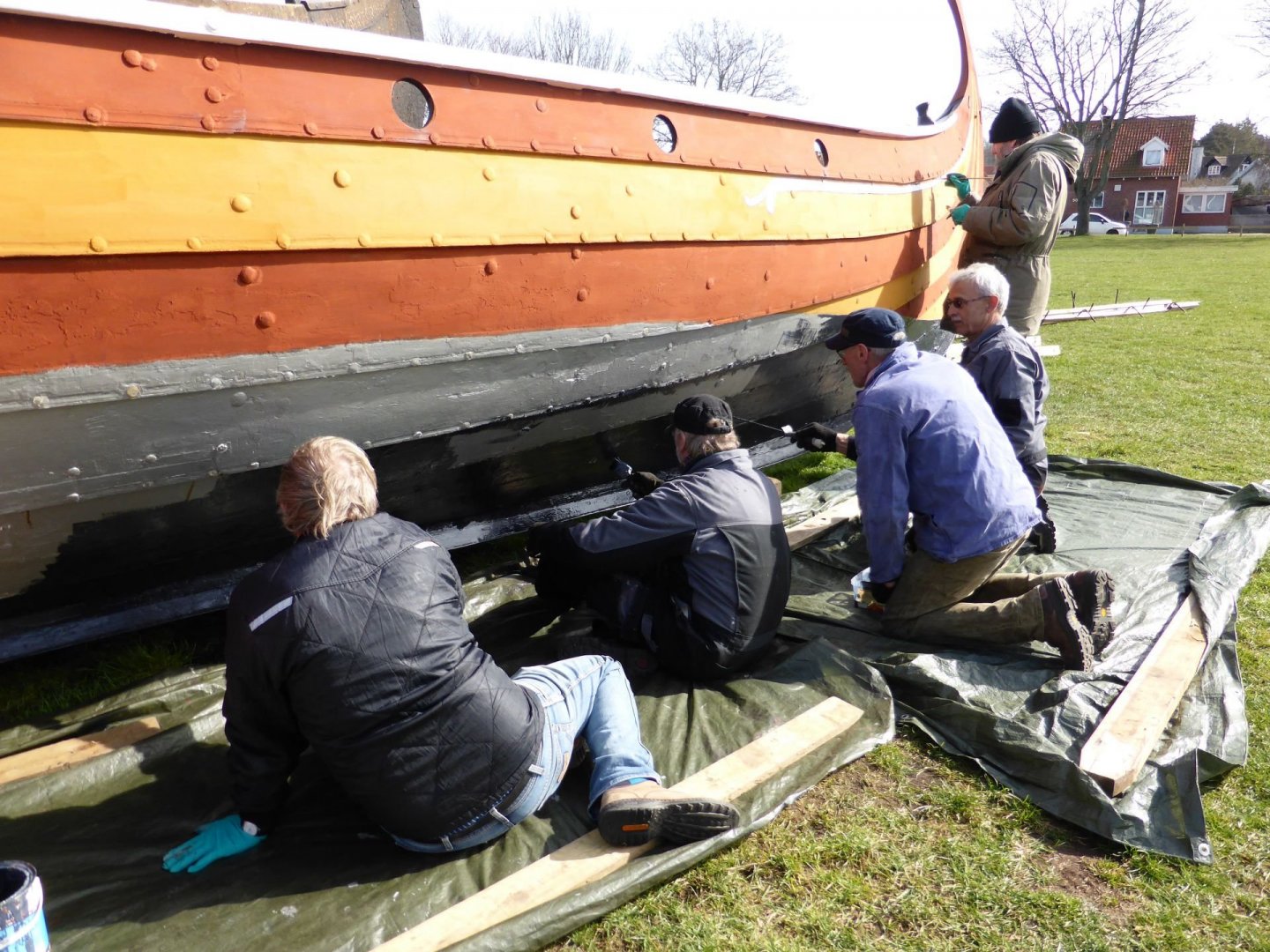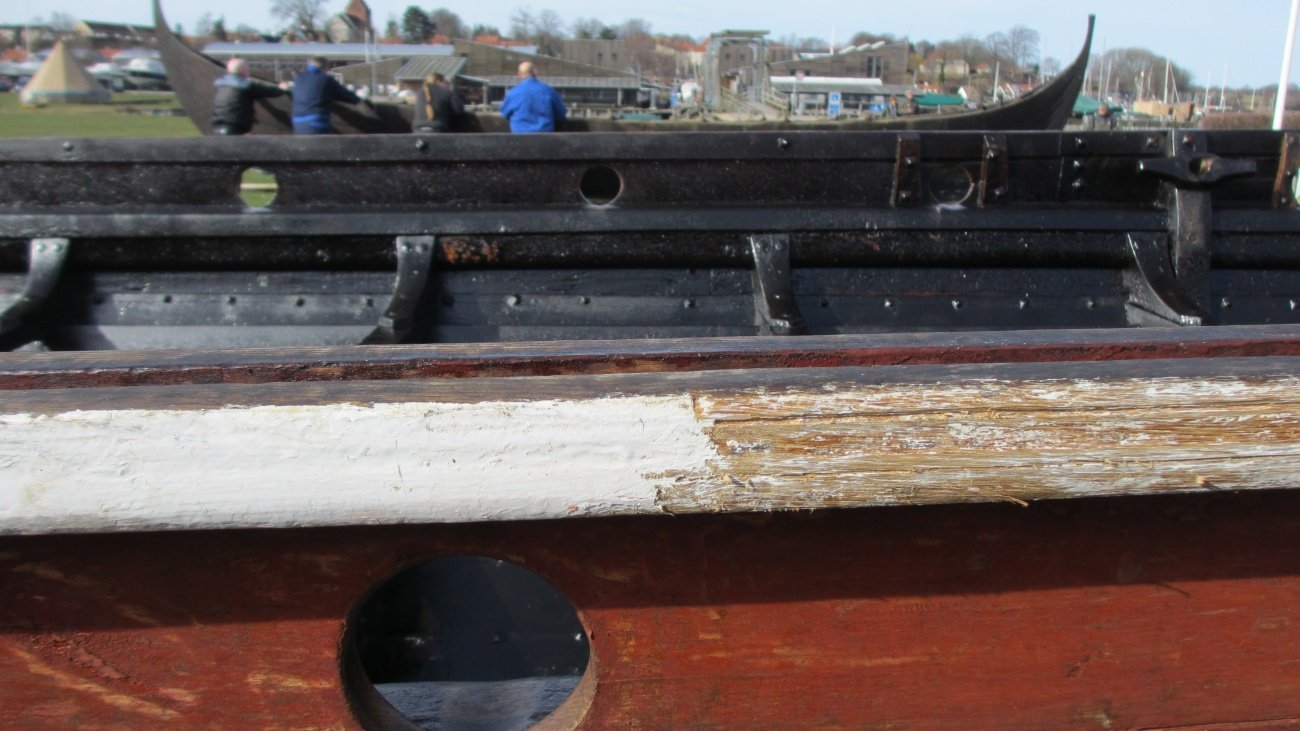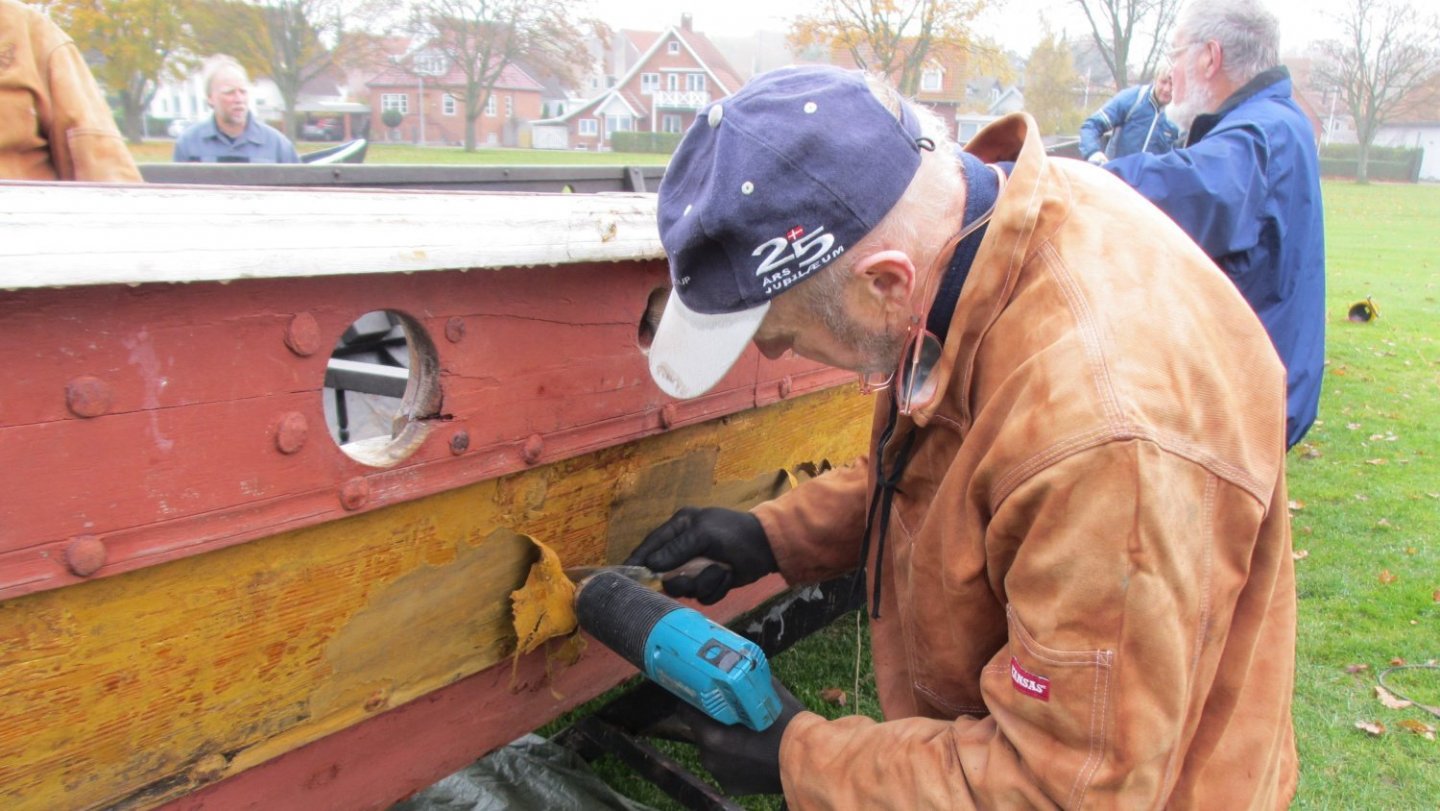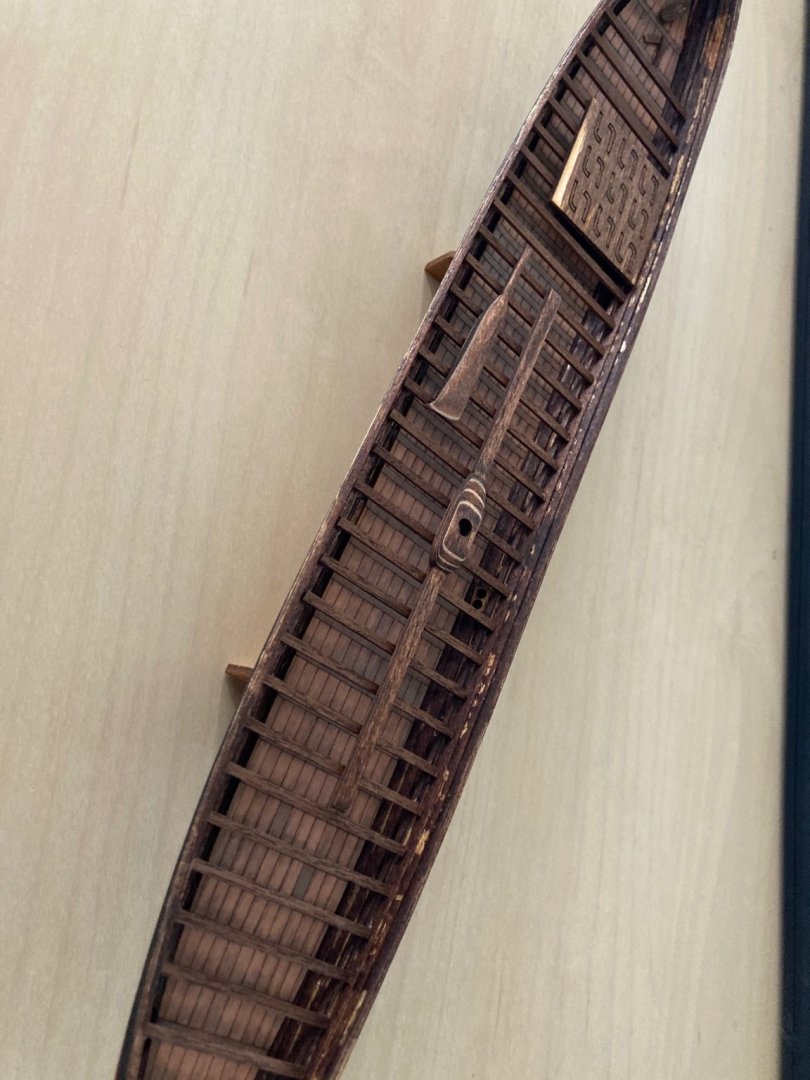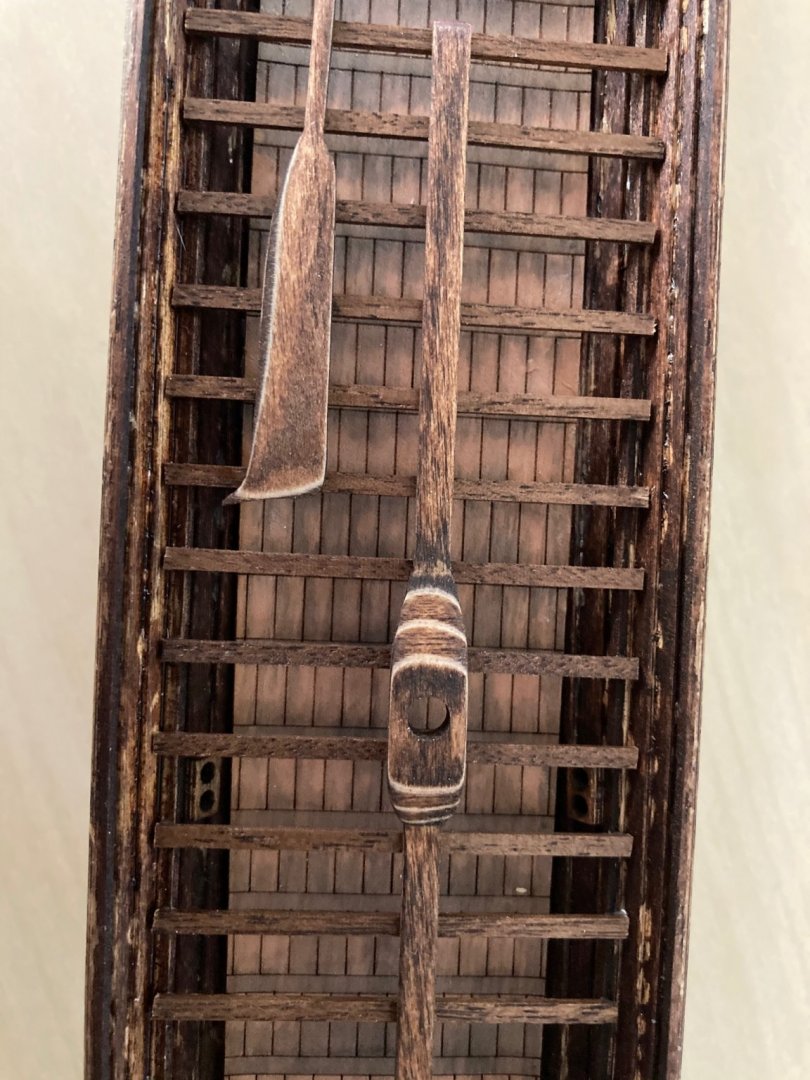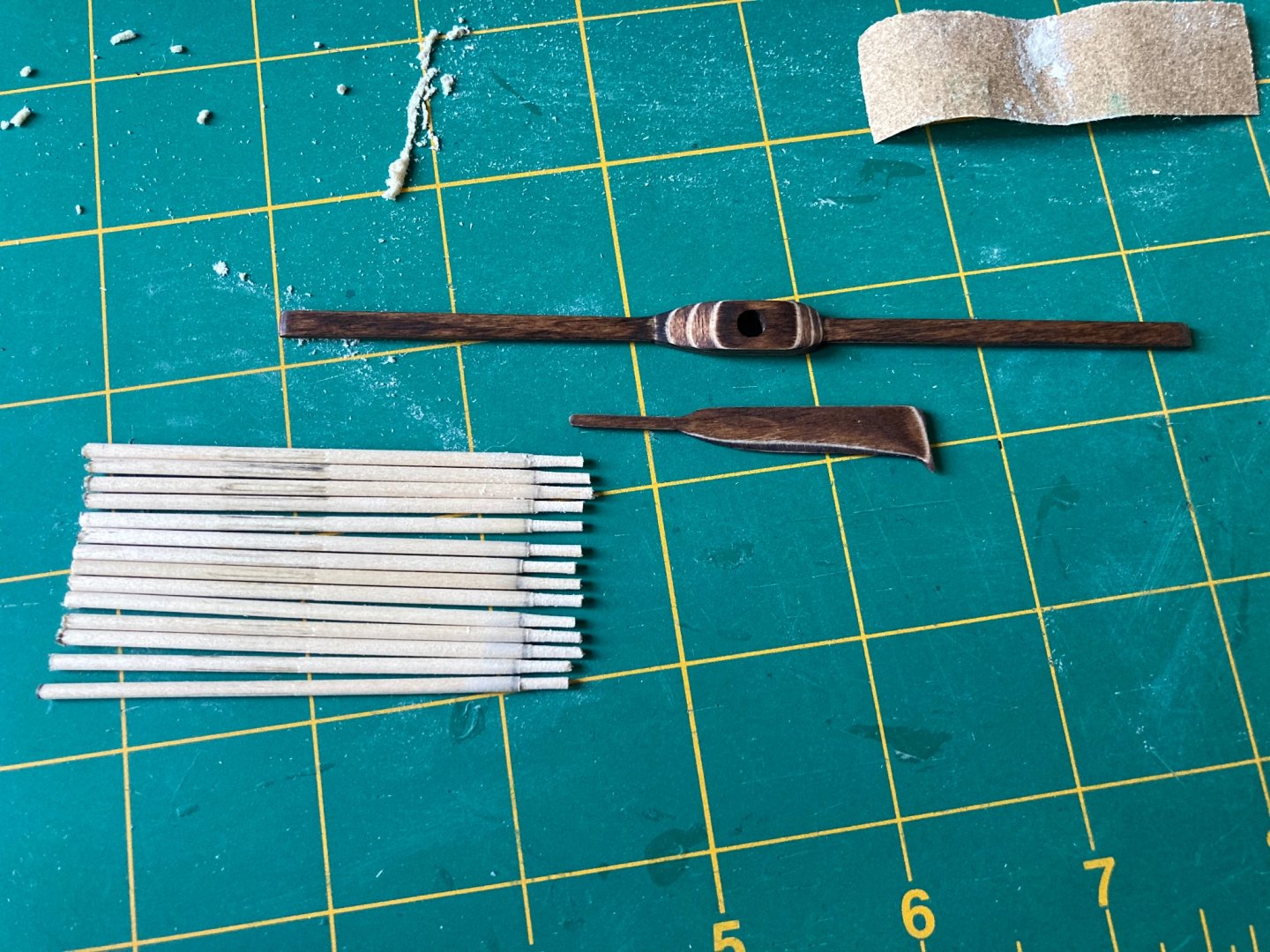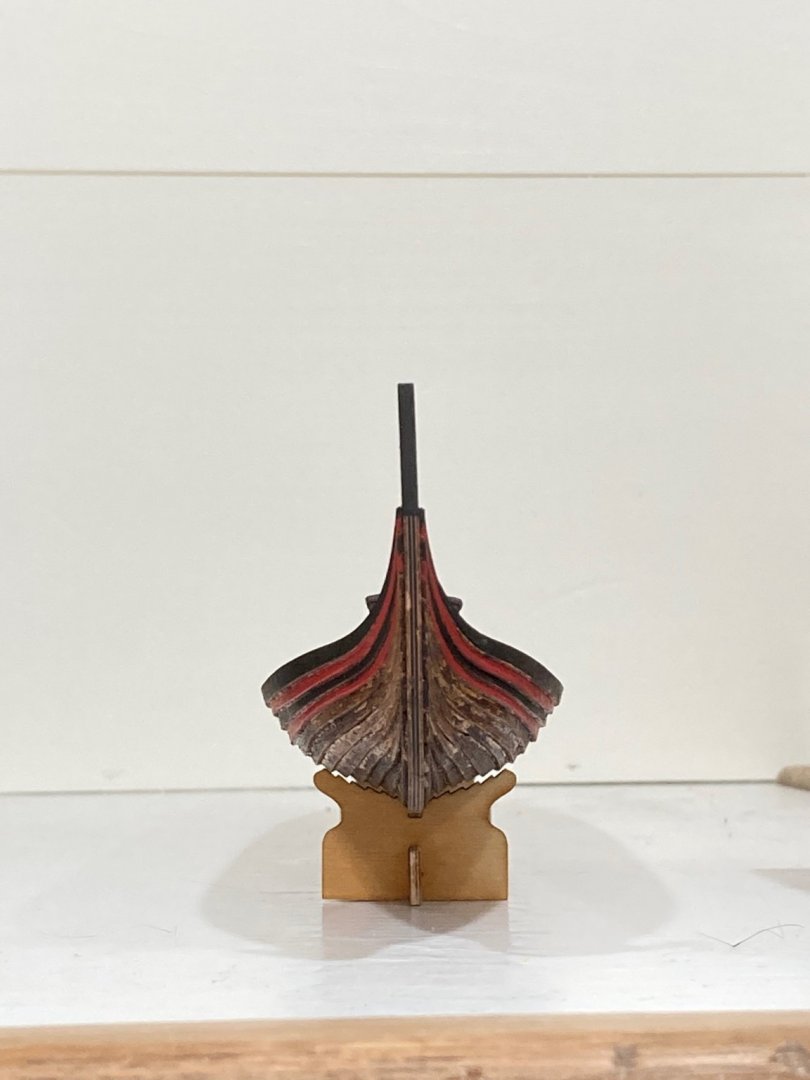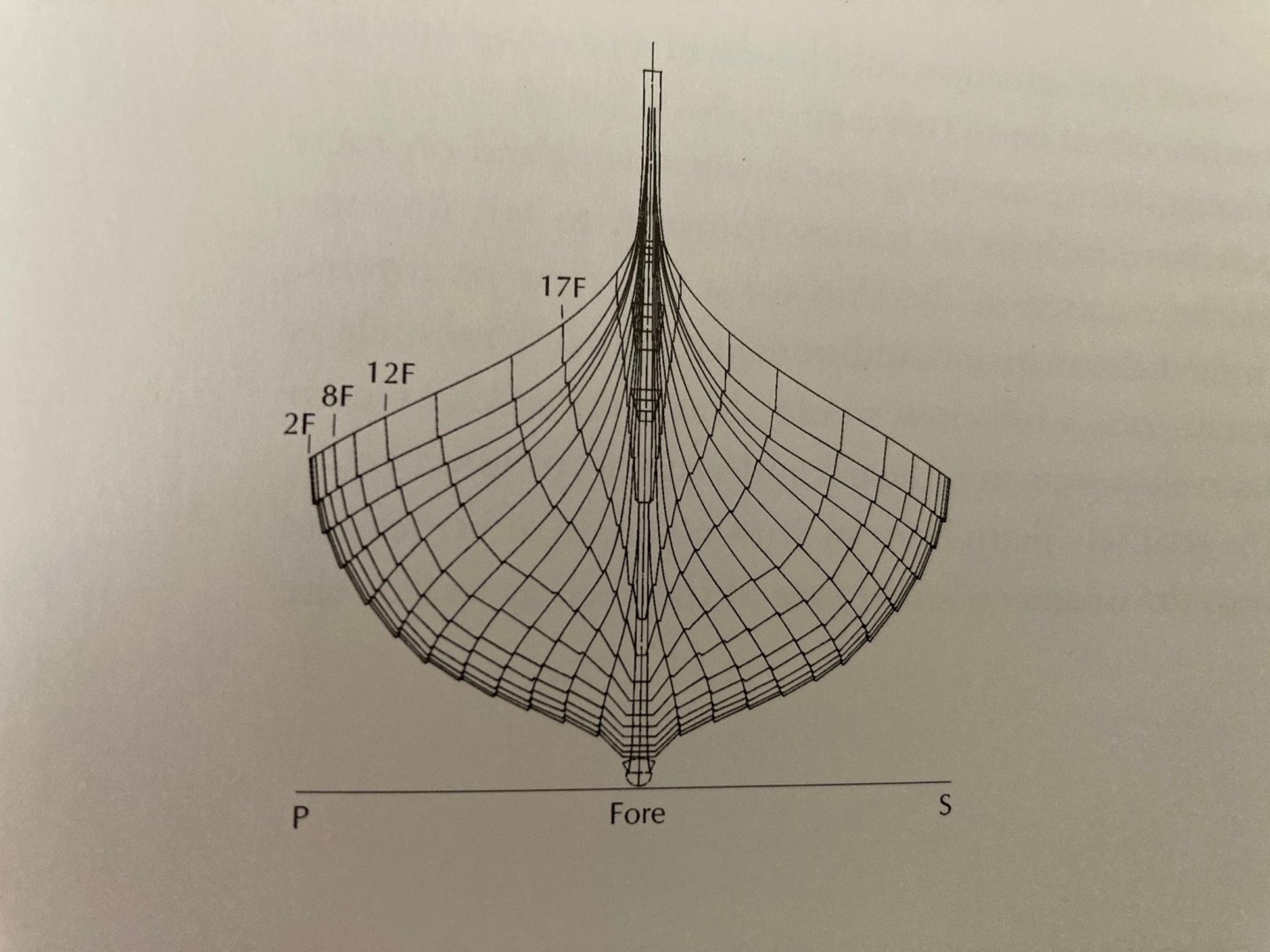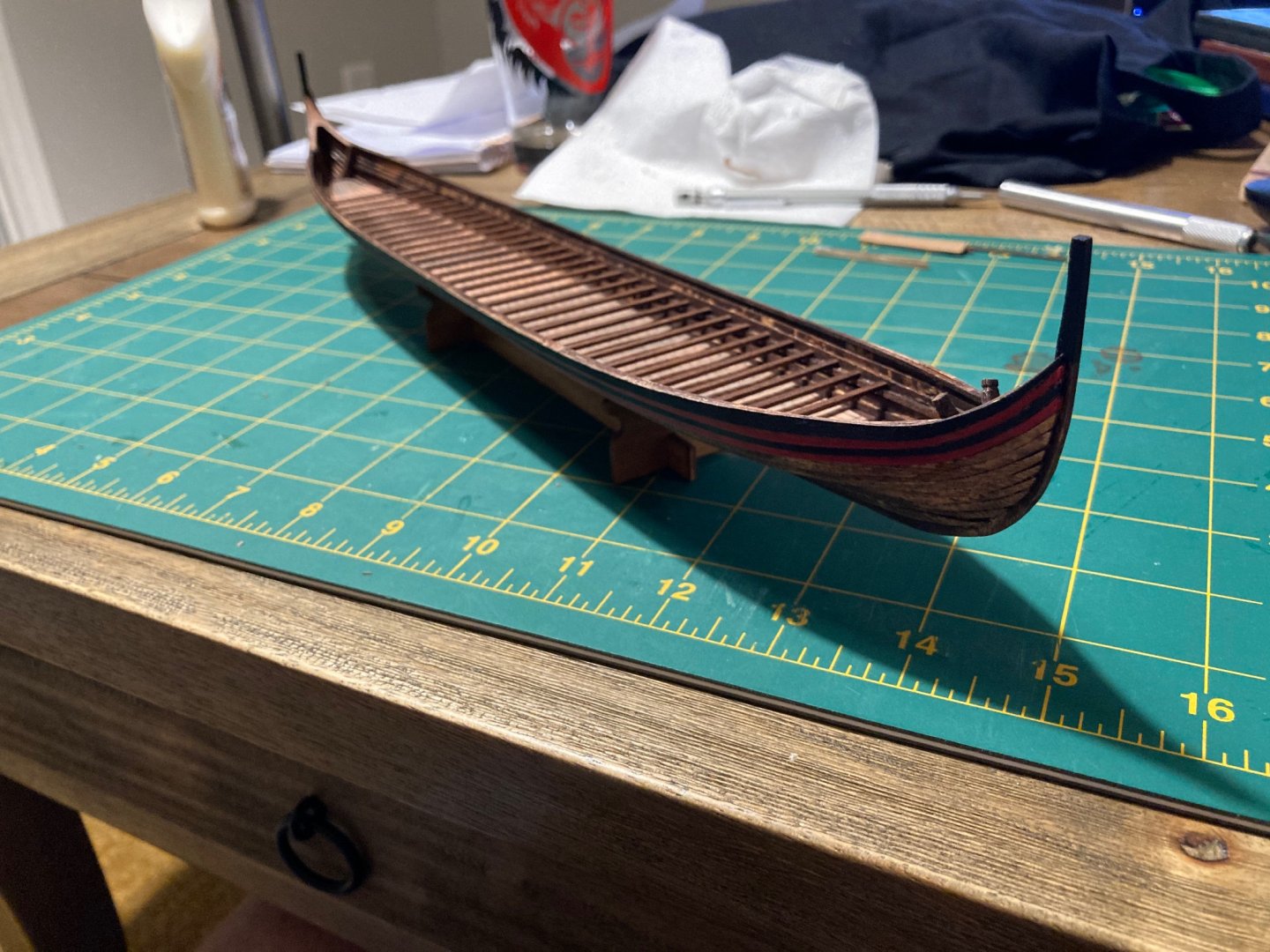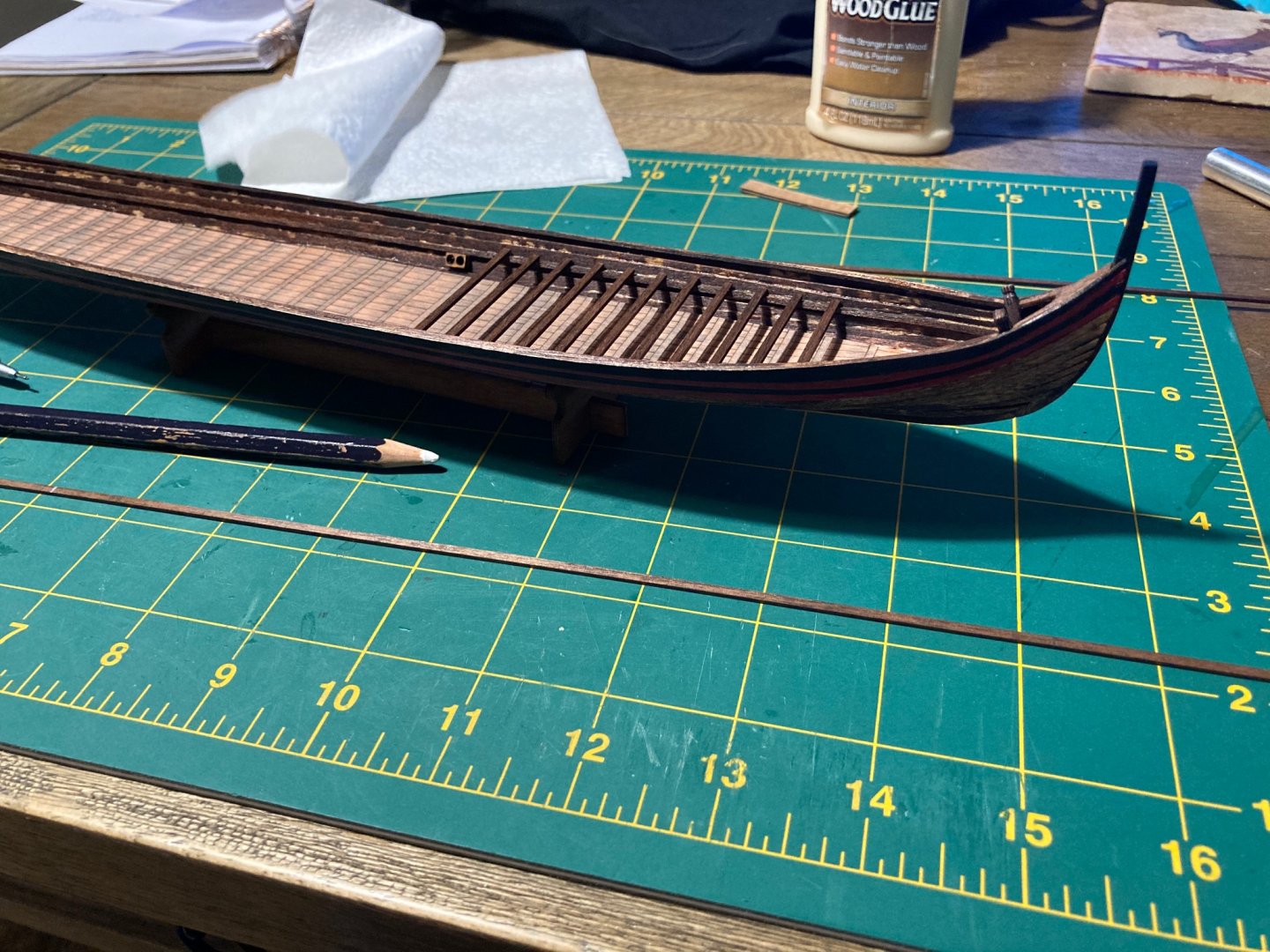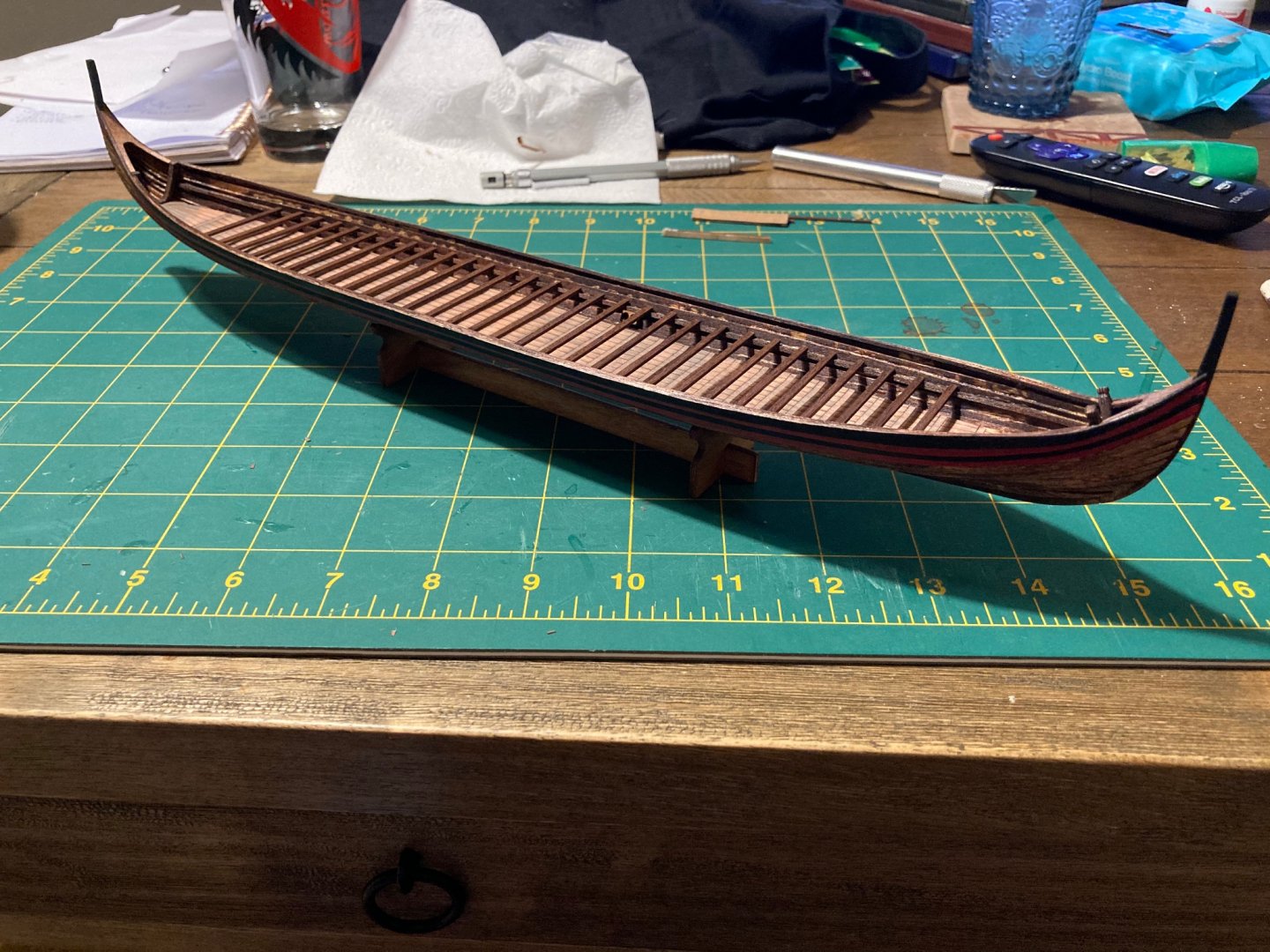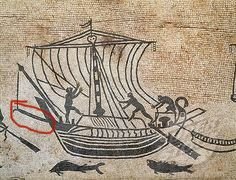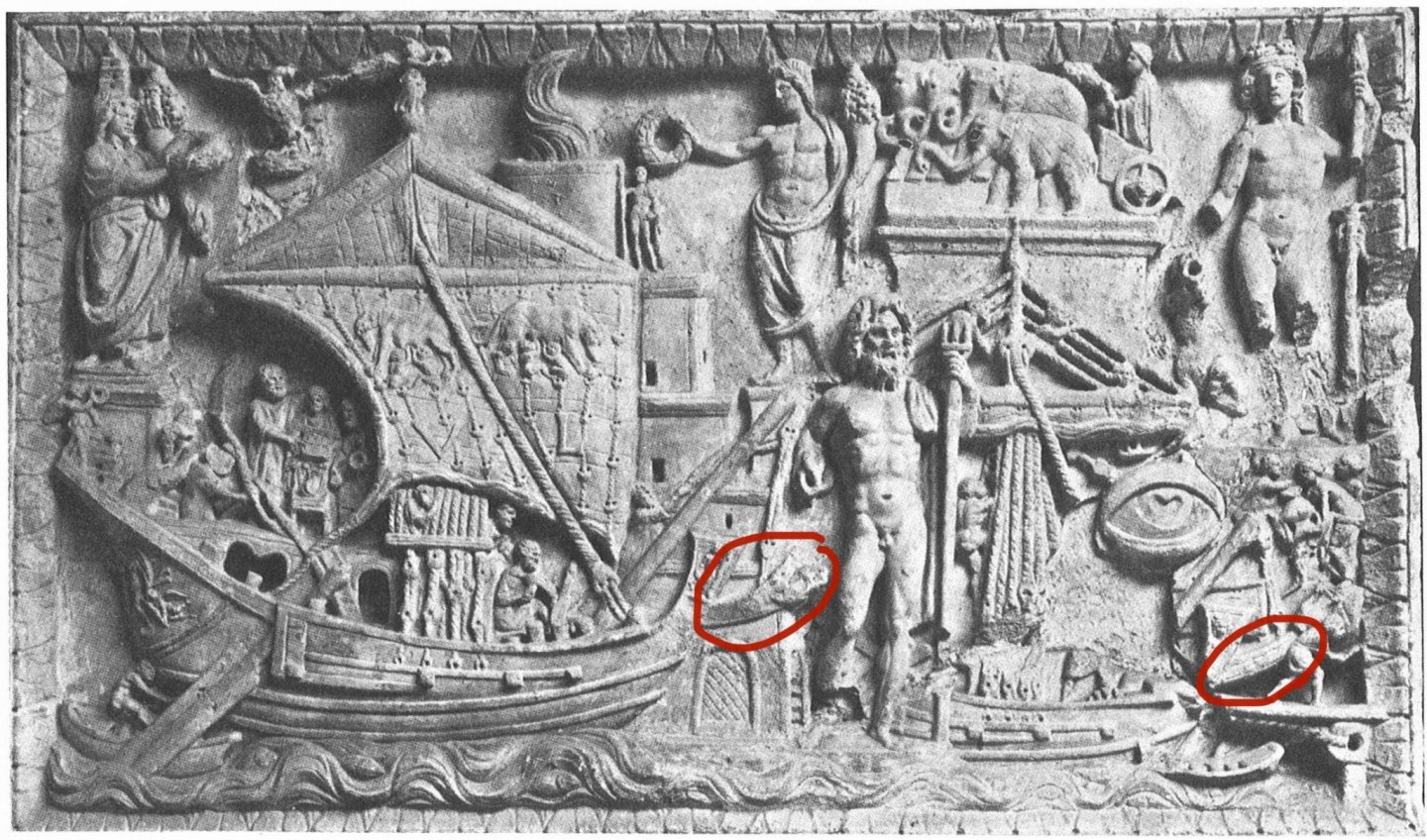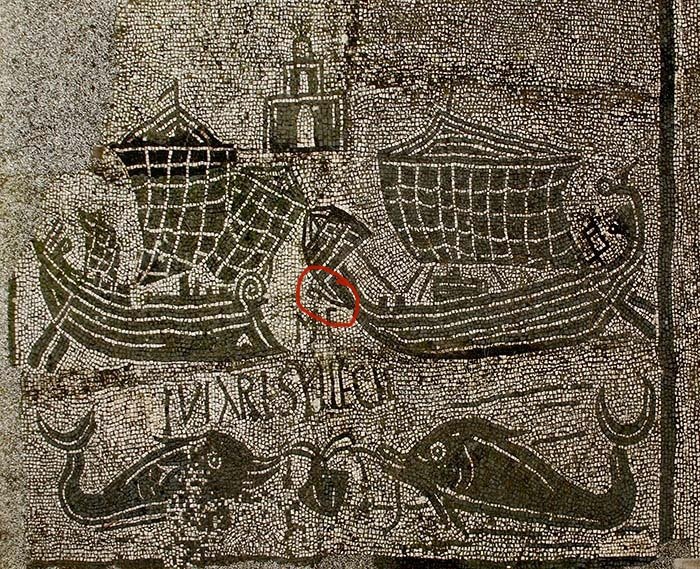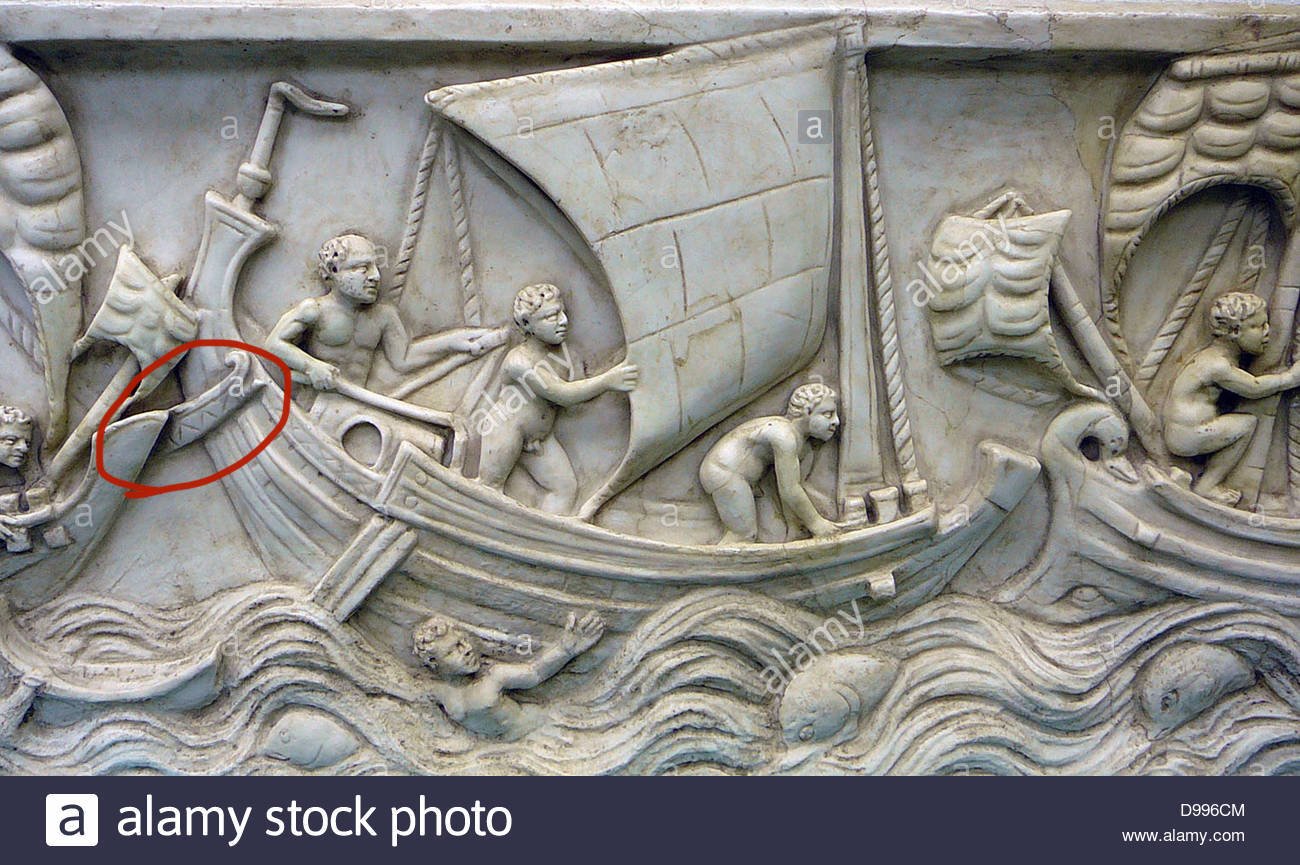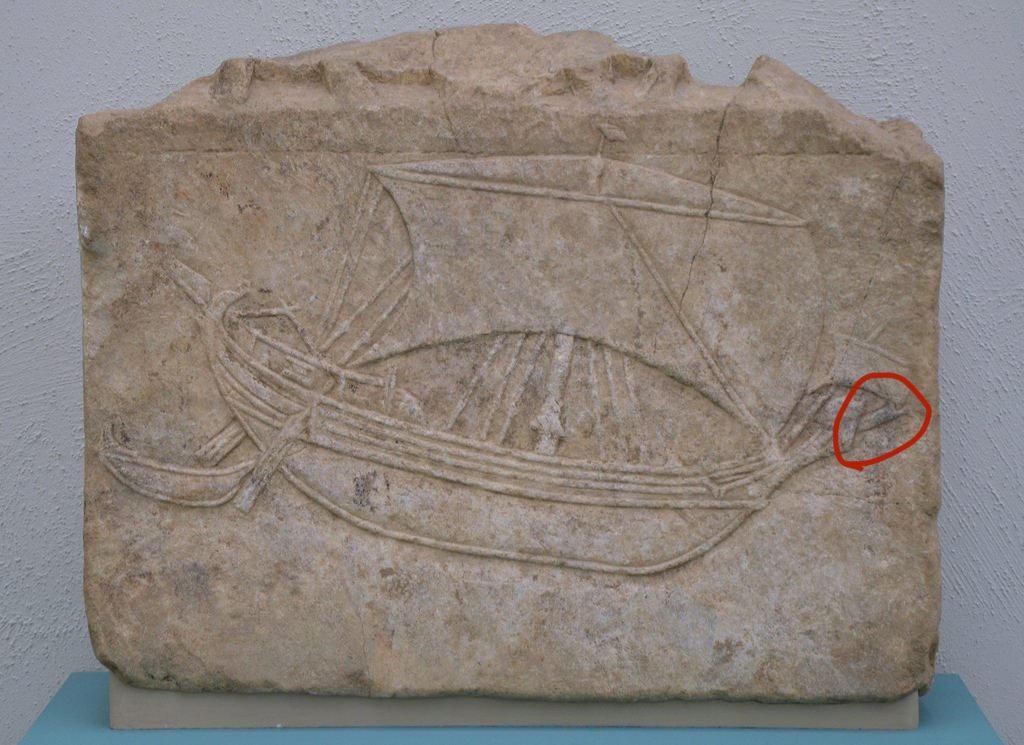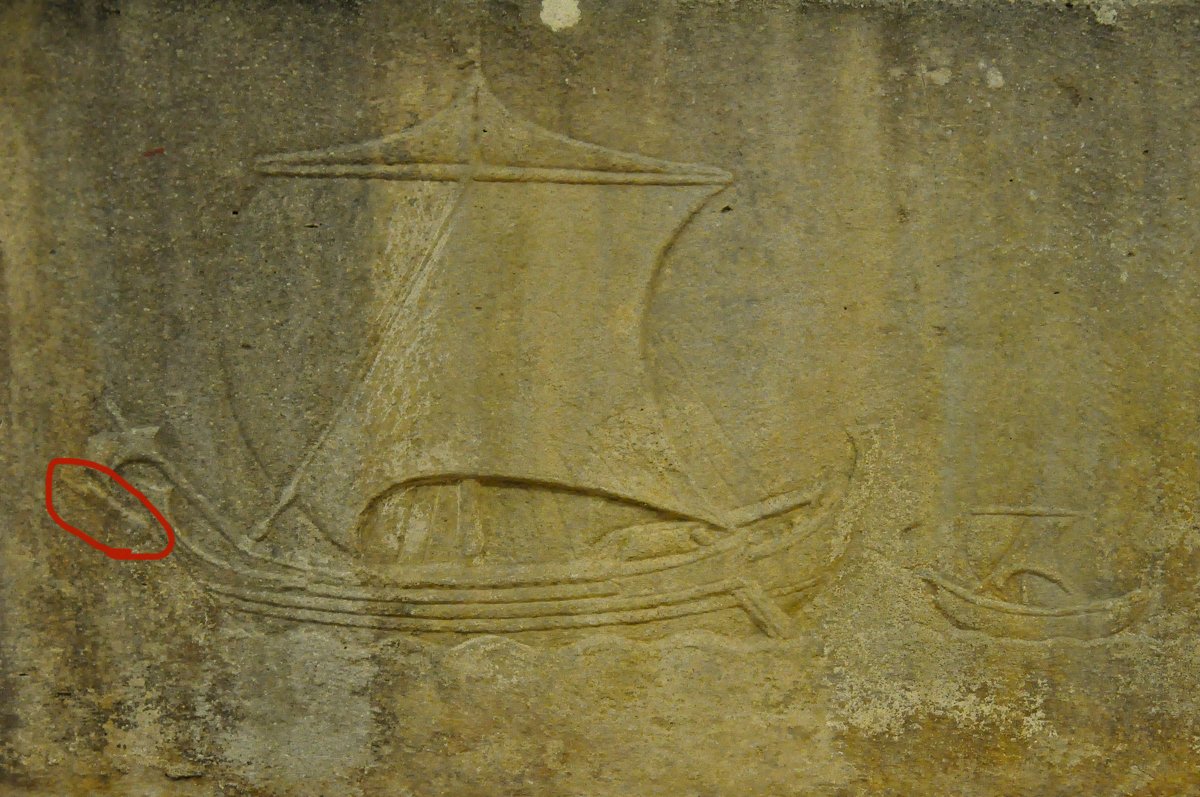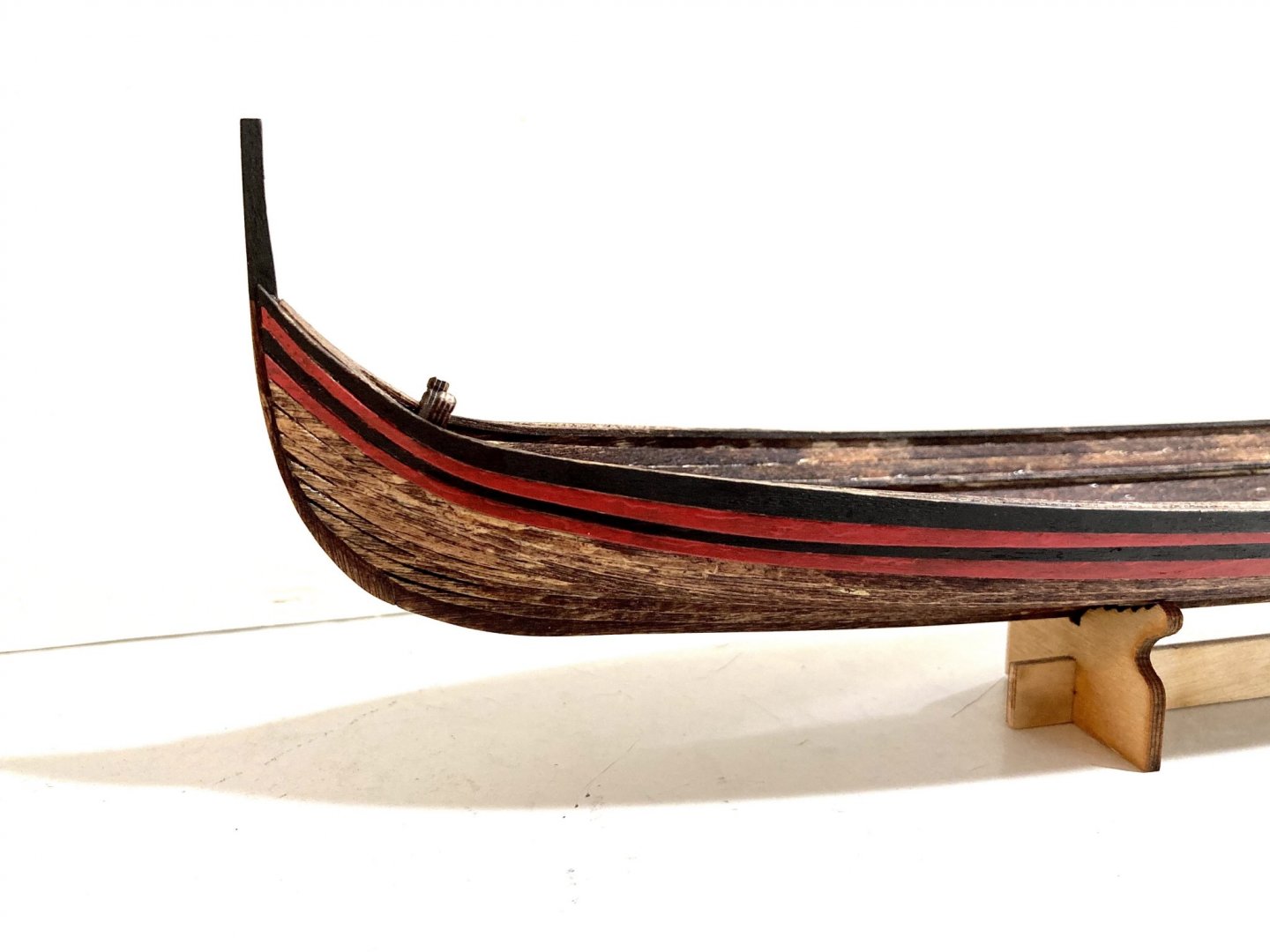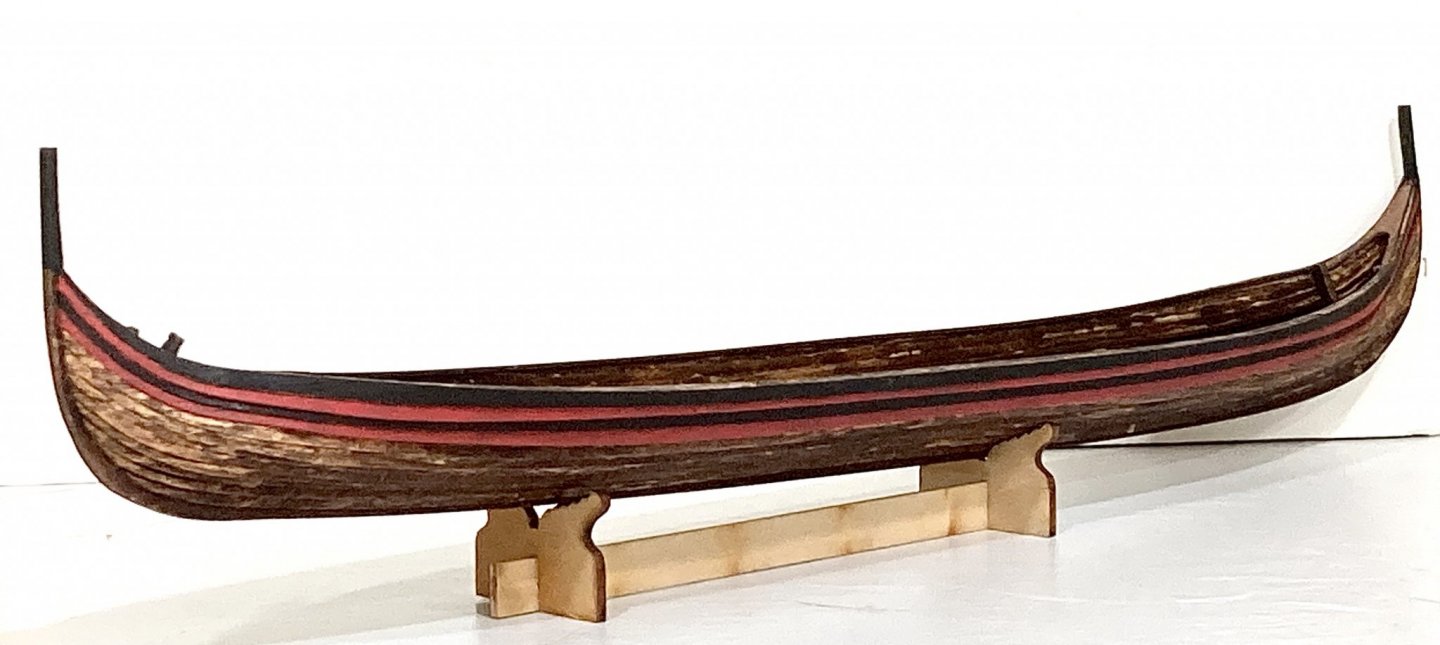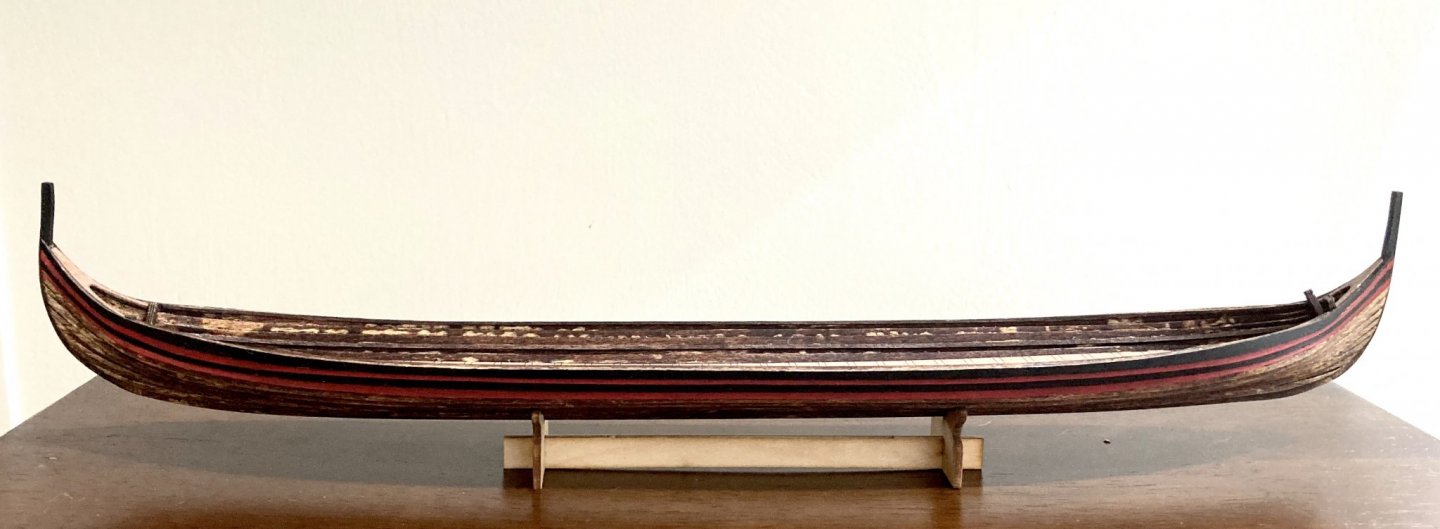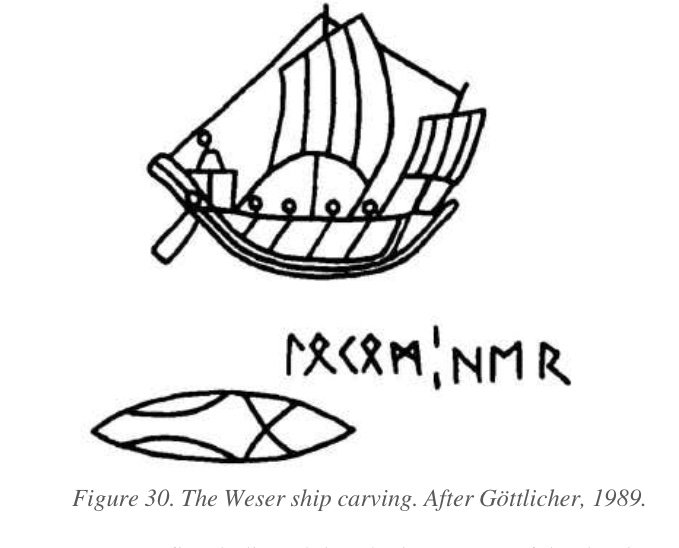-
Posts
151 -
Joined
-
Last visited
Content Type
Profiles
Forums
Gallery
Events
Everything posted by Binho
-
Cool project Lupo! Looking forward to it. Before you get too far in to your build, I have to point out the ram used on Olympias is mostly likely too big and of a different style than was probably used on triremes. There has been a lot of debate on how big rams were on the different ship types, and recent archaeological ram finds have reignited the debate. At the time that Morrison and Coates designed Olympias the only publicly known classical ram was from Athlit in Israel, which is probably from a Quinquereme or Quadrireme from the 2nd Century BCE and weighs 430kg. For Olympias, they used a scaled down, 200kg version of it: However since then, numerous other rams have been found. At Acqualadroni, a 300kg ram of a similar style to the Athlit ram was found (PDF in italian). Near Levanzo they found the battle site of the Battle of the Egadi islands of 241 BCE and so far have recovered over a dozen rams. These are only around 100kg though, and of a different style than the Athlit and Acqualadroni rams. The current argument is that these 100kg rams are actual trireme rams, and that the Olympias is probably too big for a trireme and the ram is oversized. Here is the Egadi 1 Ram, notice how different the part of the ram that attaches to the ship is: There has also been a ram found near the Piraeus harbor, of yet a different design. It was donated from a private collector to the museum at Piraeus in 1996, and the full description and drawings of it are in Tropis 7-2, pg. 709 (In French). This ram has been dated to the late 4th Century BCE, but is unfortunately mostly destroyed. It's much shorter and more blunt than the later Egadi, Acqualadroni, and Athlit rams, but at probably around 80kg weighs about as much as the Egadi rams and so is probably a trireme ram. The way it's attached also looks similar to the Egadi rams: So the current big argument is how big were triremes, really? The Piraeus and Egadi rams seem to point to triremes being smaller than the Morrison and Coates hypothetical reconstructions, but it's not really settled. Personally, I side with Murray and others who think that the Piraeus and Egadi rams are from triremes, and that actual triremes were smaller than Olympias. They were probably closer to around 30m than to 37m of Olympias. You can also see 3D scans of the Piraeus and Egadi rams on William Murray's sketchfab account, here: https://sketchfab.com/murray1 I'm also not fully convinced about the wine-glass shape they chose for the hull of Olympias. While there is evidence from cargo ships (Kyrenia shipwreck) for that hull shape at that time, the artistic evidence of warships shows a round hull like in medieval and renaissance galleys. For example, the Pompeii fresco in my profile picture, the Cyrene naval monument, the Victory of Samothrace, and the Tiber Island ship - though these are all of a later date. Also of a much later date is the best preserved Roman rowed ship, the 1st Century CE San Rossore C shipwreck, which was built in imitation of a warship and also has a round hull. Bonino, in his article reconstructing the San Rossore C ship (Italian), has this to say: Again, like most things about classical warships, it's all still open to debate!
-
Your ship is looking amazing! The templating really payed off, and I like the decorative moulding on the planks. From the Viking Ship Museum website: So it seems like it was applied to an initial layer of tar. I'm assuming any subsequent layers of tar applied over the years as maintenance weren't applied over the paint, but the paint itself was just reapplied. Here are some pictures from the Helge Ask Guild website (Skuldelev 5 replica) of them repainting and re-tarring the ship. The bottom paint used here is a modern copper based one I believe, the Vikings appear to have used seal blubber tar below the waterline
-
She's absolutely stunning Steven, congrats! I love how colorful she is, and the figures add so much life to it!
-
Thank you! The layers are the different layers of the plywood. I'm assuming the difference is since the grain direction alternates, one layer probably absorbs more stain than the other depending on the grain orientation. I'm sure the glue between the layers plays a part too! I'm just going to leave it as is, I can always repaint it later. Otherwise, happy to report the oars, mast, and yard are finished and stained. 60 oars was a lot of work! What's left is the oar ports, attaching the rudder, the rigging, and the sail in roughly that order. Right now I'm on a bit of hiatus as life overtook me again, and I've been doing more 3D on my spare time. I'm also kind of nervous to drill the oar ports! I drilled one, and it wasn't a pleasant experience. Since the holes are only 2mm, I thought I could just drill it directly to that dimension with my pin vise. But because of how the strakes overlap, 2mm means the bit has to go through two strakes. I'm afraid I'll crack a strake, so I'm definitely going to have to do pilot holes. I might even consider doing a 1mm pilot hole, and then just sanding up to 2 mm, but that would be a lot more work.
-
No, the oars are made from dowels. Have some pics of the process a few pages back. They look good actually! Here are Some closeups of the mast fish in better lighting, so the pattern is more obvious. On the Sea Stallion it’s painted red, but on this model I think it would stand out too much if it was painted.
-
A small update - finished and stained all 60 oars, the mast, the yard, the mast fish, and all the rudder components. Unfortunately when the plywood is sanded down and shaped, and then I apply the stain I’ve been using, all the layers come out in different colors. The effect is actually pretty cool, though not realistic at all. My only solution at this point would be paint, but I might just leave it.
-
Thanks! It is a very elegant ship, I really like the proportions. I agree that the shields were probably for display only. When I was at the ship museum I was chatting with one of the people who sail the reconstructions. He said that on the Skuldelev 5 replica, the shields get in the way of rowing when they are mounted. Here is a pic from the front, Cathead. The sides aren’t very vertical at all! Below is the reconstructed hull lines of the actual wreck for comparison. My strakes are pretty messy too - but then again, they were fairly messy on the ships of this period. Skuldelev 3 was even asymmetrical, it had more strakes on one side than the other. Skuldelev 1 had a crooked keel from a repair job. Since the Scandinavian ship builders weren’t building to plans, I feel there was some amount of freestyling going on during construction. While I think in this case the planking issues are a problem with the kit, I just tell myself it’s a more rustic, realistic look
-
Thanks for the interesting possible solutions, liteflight! I just got in the acrylic gloss so I’m just going to try that first before I try anything fancier! Made some more progress today - all the thwarts are in! I feel like it’s added a lot to the model! I had thought of doing some stanchions under the thwarts, but felt that would be too fiddly. Also want to get this kit done soonish!
-
I will eventually be doing a 3D model, but was trying to figure out what it was before I started. Completely accidentally, while researching something else, I found some discussion on these "hooks" - In this article about the ships on the mosaic of Hercules Bibax from Rimini, Dell'Amico discusses the possibility that they are some sort of movable gangway or fender, both which were originally proposed by L. Basch in Le musée imaginaire de la marine antique. It's as good a guess as any, and it makes some sense. This depiction of a lenunculus (essentially a towed river barge/skiff which brought goods from Ostia and Portus up the Tiber in to Rome, also known as a codicaria) shows a gangway in a similar position, being used to unload a larger merchantman.
-
Thanks Steven! Those are good resources. I’m wondering if I should go the route of each shield being different, which is probably more “authentic”, or just do alternating red-black solid colors. I believe the shields on the Gokstad were alternating black-yellow? Anyways, some more progress! Weathered the deck veneer then glued it down. It was very thin, and I think I used too much glue, so the veneer started curling in on itself. Had to use some clothespins to hold it down. Hopefully it will work ok! Will let it dry overnight and see how it’s looking tomorrow. Big step! Means I can finally start on the internal elements!
-
Yeah, I don't think it's a "corvus" as it's only on cargo vessels. I think loading tackle might be a good possibility. As there is always a rope attached to it. could it be some sort of tensioner/stay for the spirit-mast? The reliefs seem to show that the forestay is tied to the base of the spirit-mast, so perhaps to keep the spirit-mast from being pulled upwards it needed it's own stay? Is there anything like that on later ships? I'm curious what material it is made of, and how it even attaches to the stem. Is it attached to the side? Is it socketed in to it? EDIT: Or maybe a proto-head/beak or proto-bowspirit? Bonino in Navi mercantili e barche di età romana does mention it in passing actually, and he calls it a "sort of bowspirit". He doesn't really discuss it depth though, or try to explain the strange shape they have on the reliefs.
-
Thanks Steven! Cool, the kit came with a 2mm dowel for making shield bosses, so I'll just keep using that. I think I settled on an idea for the shields. I'm going to buy some brown paper, I'll design the shields on the computer, then print them out on to the paper. then I'll just cut them out, using a thin strip for the handle and using the 2mm dowel to make the shield boss. I'll then harden it with either CA glue or acrylic varnish, whatever works best. The bonus is that means I won't have to use the rest of the 1x1mm lath provided with the kit to make shield handles, and I can re-purpose it to make the shield rack. The lath used on the Skuldelev 5 shield rack was 50x50mm so the scale is fairly close, and can get it closer with some light sanding. My immediate next step is very simple, I just need to glue in the deck veneer. I'd like to weather it a bit first though, so I threw some rusty nails (don't have any steel wool) in to some vinegar and am letting it sit for a bit to see what I get.
-
Does anyone know what these “hooks” are called, and what their use is? I’ve noticed them a lot on Roman ship depictions of around the 1st-3rd century. They only seem to appear on ships with spirit sails, and in some depictions there is a rope or even a pulley system tying it to the spirit-mast. I can’t find any info on them online or in the books about Roman ships I have, and I’ve never seen them depicted in any reconstructions.
-
Happy belated birthday!! I like your little figure, it’s looking good! I’m sorry you’ve been having such issues with the planking! Mine took some forcing, but it wasn’t nearly as bad. It might have been easier on mine though since the planks were thinner.
-
Last thing before I get off my phone, wanted to share this really interesting article discussing when sails were introduced in Scandinavia and problems with inductive reasoning in archaeology: https://www.academia.edu/37568628/Setting_Sail_in_Scandinavia_An_analysis_of_the_evidence_and_arguments?email_work_card=reading-history it also discusses this really cool bone carving with runic inscriptions dating to the 4th/5th century found in northern Germany, with what is almost certainly a two masted Roman trading vessel!
-
That was my first thought when he brought it up - the twisting is probably just an artifact of the post-depositional process. But reading more his argument seems pretty compelling. Most of the pommels on 10th-14th century swords that he has examined are apparently noticeably off center by roughly the same amount, with just the pommel end of the tangs twisted the same direction at roughly the same angle. On some swords the pommels even appear to have been designed asymmetrically in a fashion to make it appear like the pommel was actually visually centered in relation to the sword. I’ll be interested to see how well his full data set actually supports his theory, but it’s certainly an interesting idea!
About us
Modelshipworld - Advancing Ship Modeling through Research
SSL Secured
Your security is important for us so this Website is SSL-Secured
NRG Mailing Address
Nautical Research Guild
237 South Lincoln Street
Westmont IL, 60559-1917
Model Ship World ® and the MSW logo are Registered Trademarks, and belong to the Nautical Research Guild (United States Patent and Trademark Office: No. 6,929,264 & No. 6,929,274, registered Dec. 20, 2022)
Helpful Links
About the NRG
If you enjoy building ship models that are historically accurate as well as beautiful, then The Nautical Research Guild (NRG) is just right for you.
The Guild is a non-profit educational organization whose mission is to “Advance Ship Modeling Through Research”. We provide support to our members in their efforts to raise the quality of their model ships.
The Nautical Research Guild has published our world-renowned quarterly magazine, The Nautical Research Journal, since 1955. The pages of the Journal are full of articles by accomplished ship modelers who show you how they create those exquisite details on their models, and by maritime historians who show you the correct details to build. The Journal is available in both print and digital editions. Go to the NRG web site (www.thenrg.org) to download a complimentary digital copy of the Journal. The NRG also publishes plan sets, books and compilations of back issues of the Journal and the former Ships in Scale and Model Ship Builder magazines.


